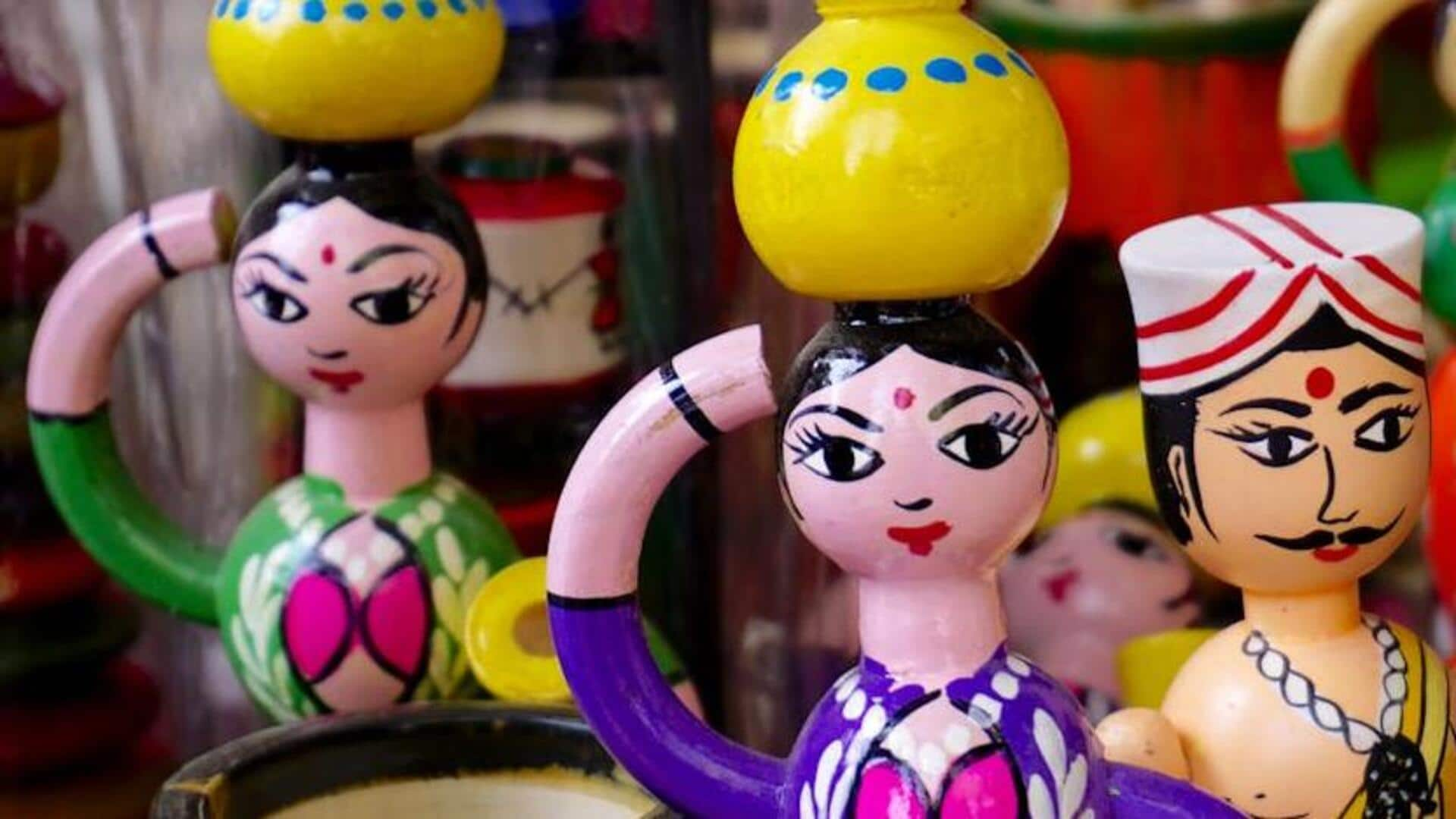
The whirling wheels: Traditional Indian and Japanese toys
What's the story
Discovering traditional toys of India and Japan is like unwrapping a treasure chest of cultures that cherish simplicity, creativity, and play.
These handcrafted toys, made from natural materials, hold stories and history spanning hundreds of years.
Whirling tops, vibrant kites, and charming wooden figures not only bring joy but also keep cultural traditions alive, captivating the hearts of children and adults alike.
Spin
Spinning tops: A universal joy
In India, the lattu tops are made of wood with metal tips, and children would challenge each other to see who could make theirs spin the longest.
And, Japan's koma tops come in different shapes and are used in festival competitions.
One humble toy, but it shows how play is a universal language!
Soar
Kite flying: A sky-high tradition
In India, kite flying reaches its zenith during Makar Sankranti, with vibrant kites filling the sky and intense manja battles setting the stage for a thrilling spectacle.
In contrast, Japan's Children's Day features rectangular kites adorned with images from folklore, emphasizing the artistry of kite flying.
Both traditions underscore the universal appeal of this pastime, blending art with the spirit of competition.
Craft
Wooden toys: Craftsmanship at play
The artistry of traditional Indian wooden toys comes alive in Channapatna, Karnataka.
Here, skilled artisans employ ancient techniques and natural dyes to craft colorful, safe toys that spark the imagination.
In Japan, kokeshi dolls charm with their simplicity. A minimal body contrasts with an enlarged head, often painted with floral motifs to symbolize young girls.
These toys do more than entertain; they're ambassadors of each culture's rich heritage.
Narrate
Puppetry: Stories on strings
Both cultures cherish puppetry as a traditional art form for storytelling.
Indian puppetry differs by region but often features string puppets like kathputli to tell folk tales or religious stories through colorful performances.
Japanese puppetry, or bunraku, uses large puppets manipulated by multiple black-clad puppeteers who fade into the background as they recreate historical dramas or literary classics on stage.
Strategize
Board games: Ancient strategy
Classic board games like chess have their roots in India (ever heard of chaturanga? That's the OG chess!) while shogi (think Japanese chess) has been a thing in Japan for hundreds of years.
Both games are all about strategy, but the rules are kinda similar and kinda not.
It's cool to see how each culture put its own spin on strategy games!